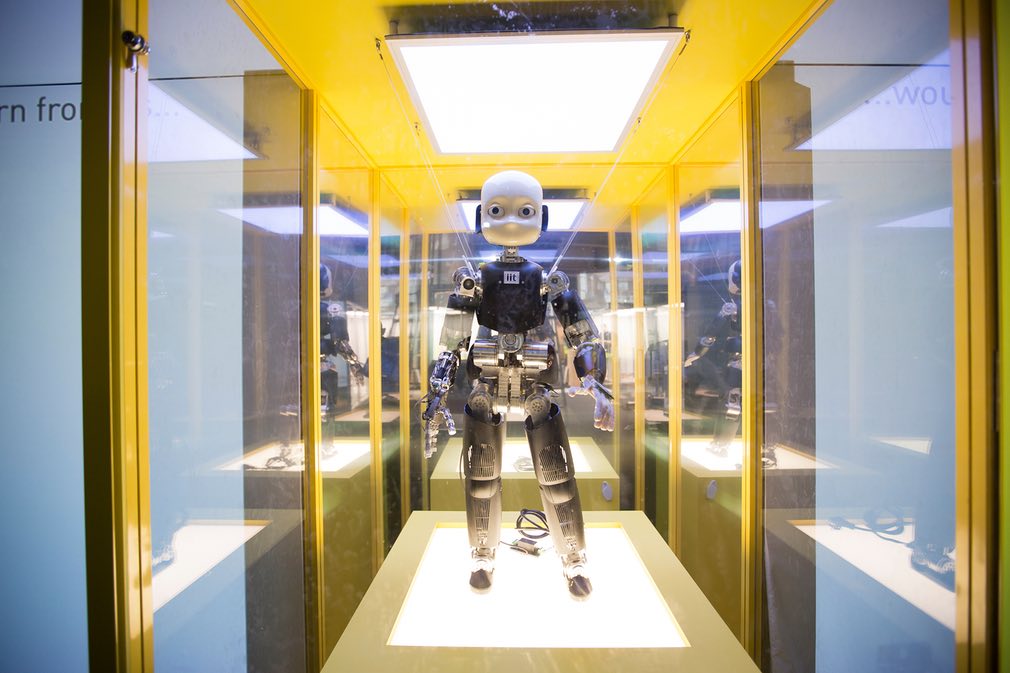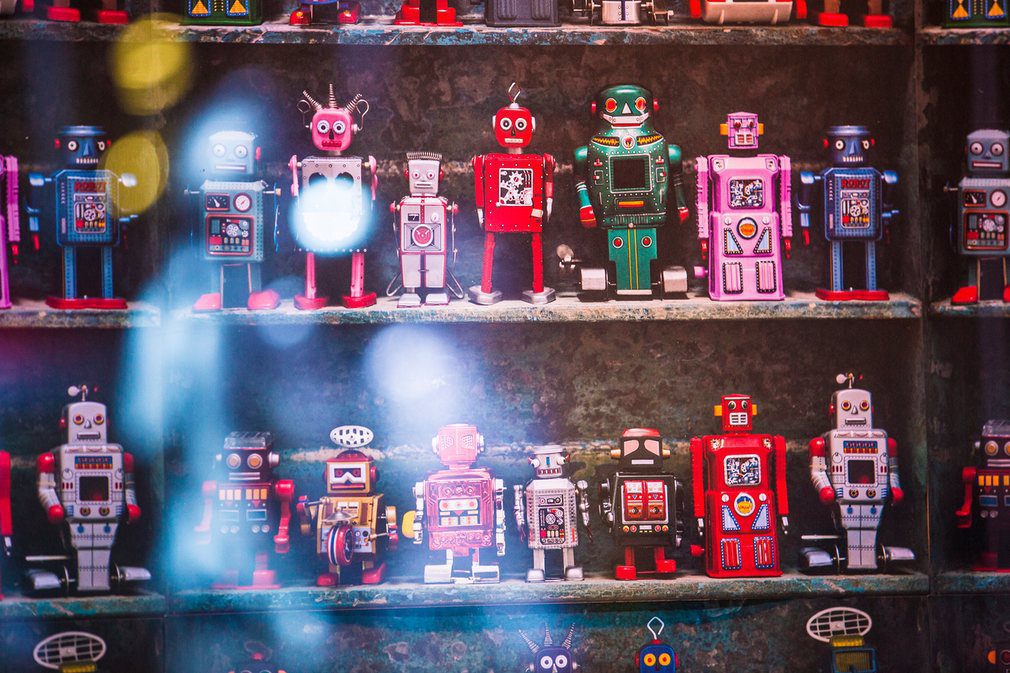Dorothy found one and they went to Oz. She looking for her way back to Kansas, he with a heart. Spells and tin men aside, there is only one truth: the world of robotics is fascinating. At RSB, as avid consumers of technology, we found this exhibition simply wonderful. If you’re like us and you have a little time, then get on a plane and head to London. Don’t make excuses that there are low cost flights and the city is right next door.
At the Science Museum in London you will find the exhibition “Robots”. A collection of over 100 objects ranging from 16th century automata to high-end robots capable of replicating emotions.

At the entrance to the exhibition, you will find a baby lying on a lighted mattress. If you look closely, you notice that he breathes, moves his arms and legs, opens and closes his eyes.
The robotic baby is powered by a system of cables and devices that you can see around the installation.
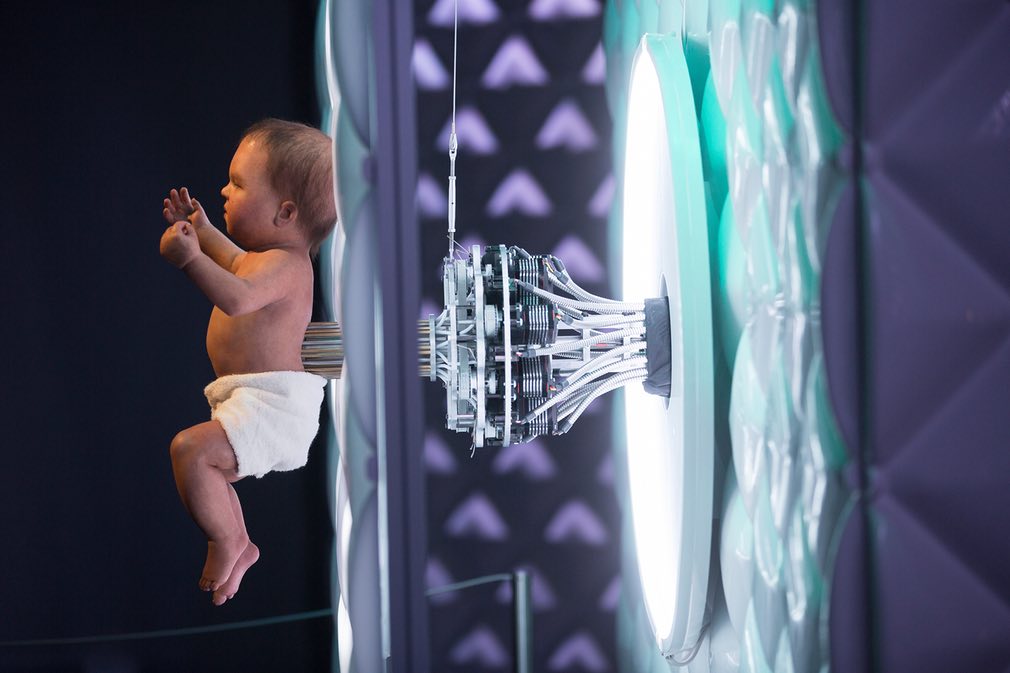
Replica of Maria, the humanoid from Fritz Lang’s 1927 silent film “Metropolis”. The face was inspired by the golden mask of Pharaoh Tutankhamun discovered 5 years earlier. The character C3PO from the Star Wars saga has the face of Maria.
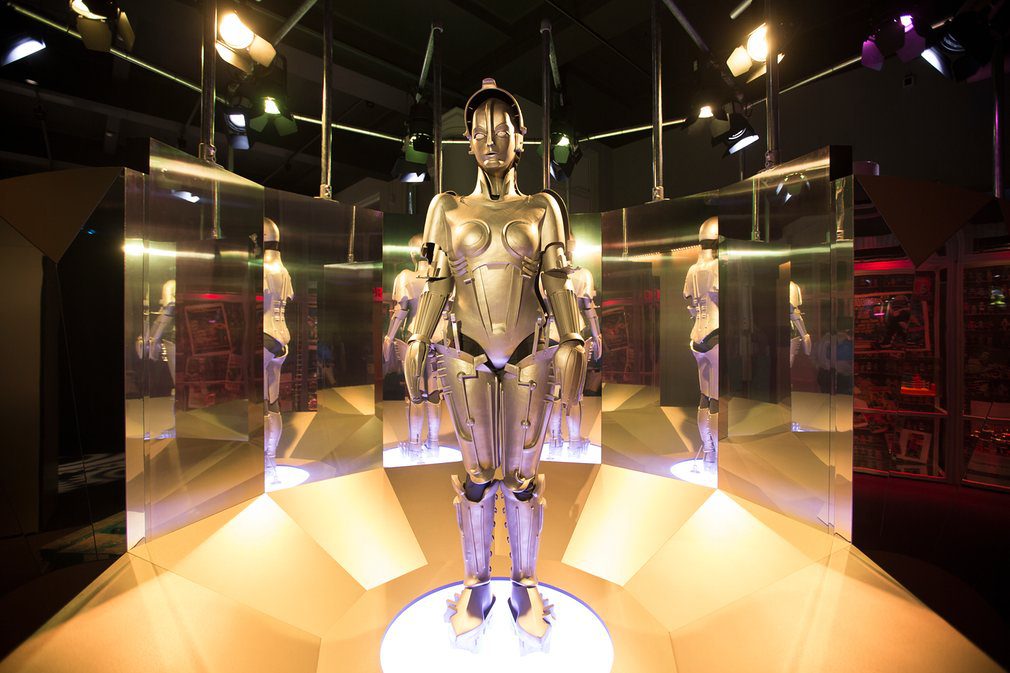
Toy robots came to reinforce the idea that automata should refer to human forms and be tall, burly and powerful – unlike robots that initially appeared in factories all over the world.
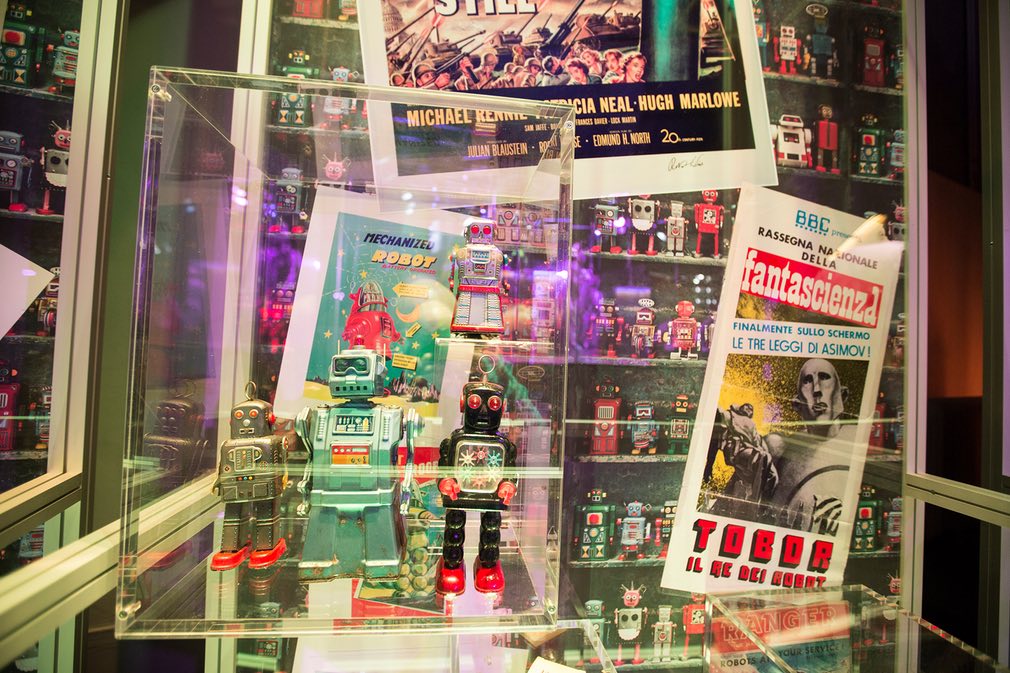
Endoskeleton of the T-800 android used in 1991 in the movie “Terminator 2: Judgment Day”. Considered by many to be the scariest of robot villains, it mirrors the fears and perceptions we have about what they could become in the future.
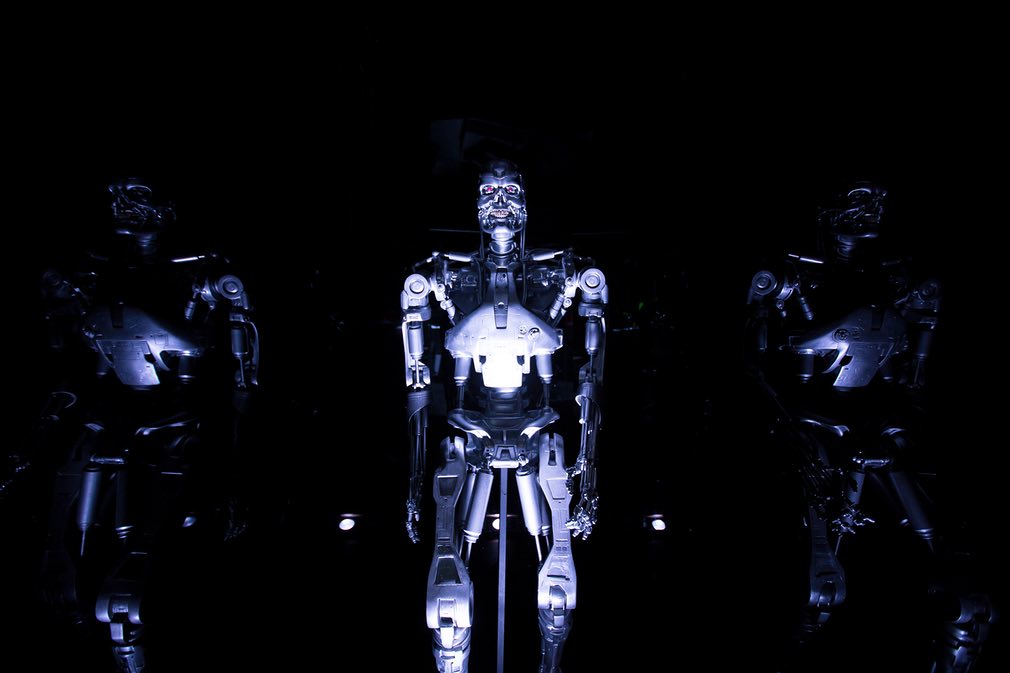
Engineers design automata from the human musculoskeletal system. Robots move like us and over time show problems similar to ours: joint wear and tear.

Meet Inkha, the hot receptionist who between 2003 and 2015 welcomed visitors to the prestigious UK higher education institution King’s College London. Endowed with sensual eyes and mouth, this robot provided directions, gave information and could not resist sarcastic remarks whenever possible.
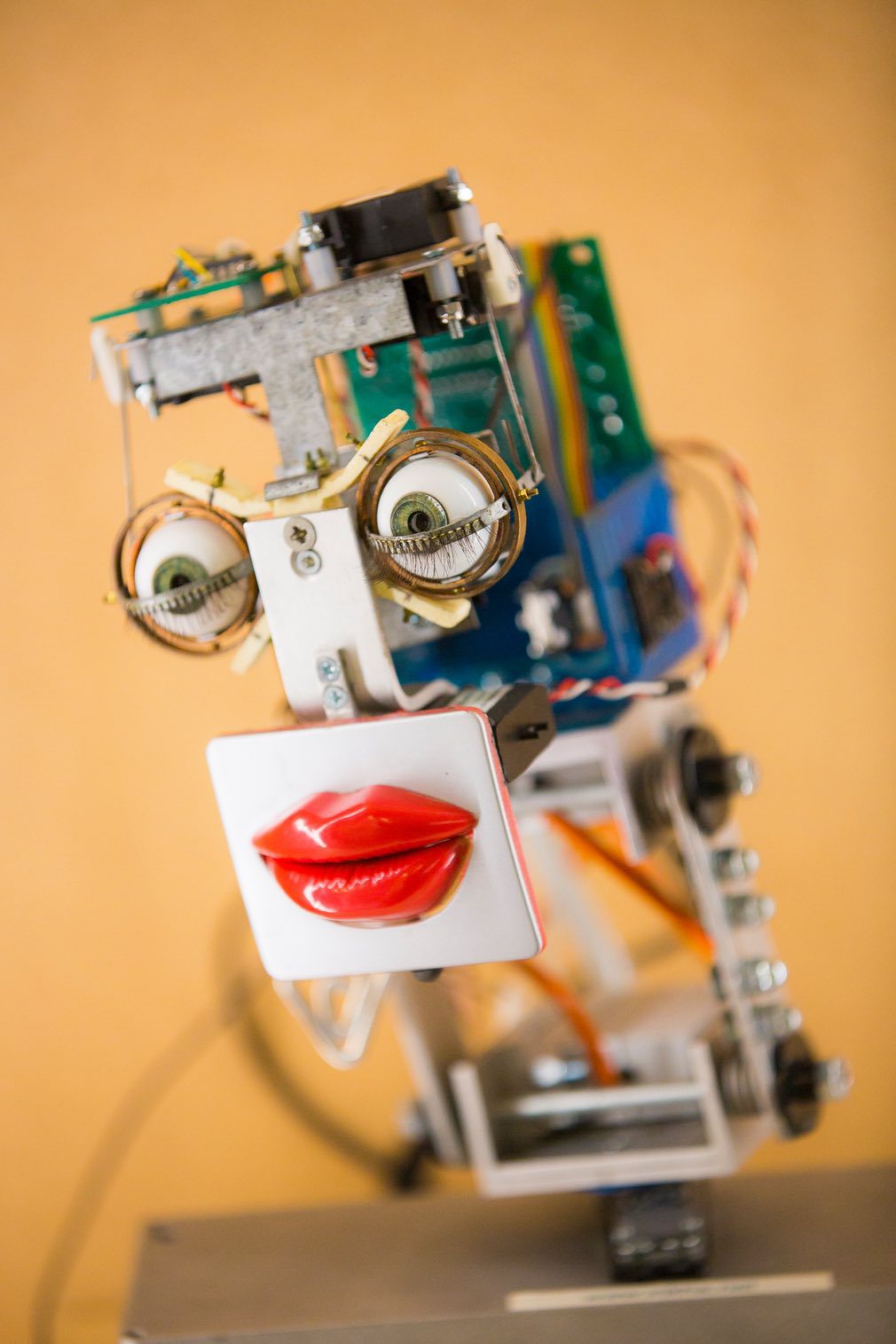
REEM was “born” in Spain in 2016. He is a professional in the field of Tourism. It is able to interact directly with people eye to eye. It moves autonomously, adapting to new spaces through recognition through sensors that analyze sound, laser sensors, infrared and terrain inclination analysis mechanisms that allow it to navigate intelligently and safely. It is one of several work robots that could one day work side by side with humans in hospitals or shopping centers.
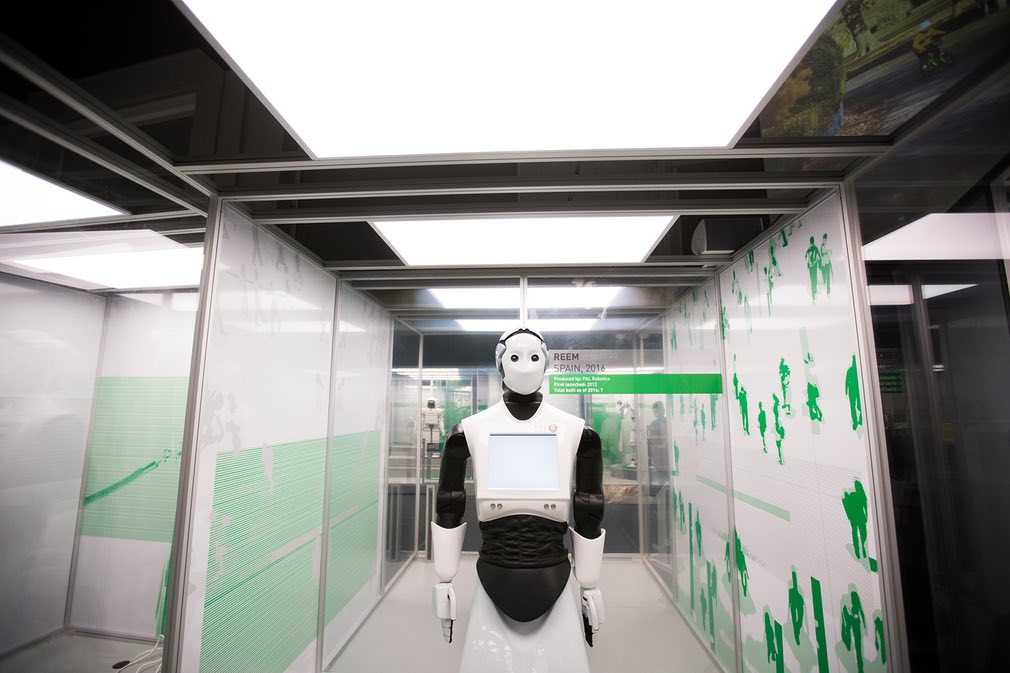
We save one of the most advanced humanoids in the world for last: iCub. When they created him, primary education was for him to learn like a baby. During the first 10 years of life, he learned to sit and stand up, to crawl, to reach for objects, to pick them up and to use them. Alone. He learned by himself, we reinforce.
